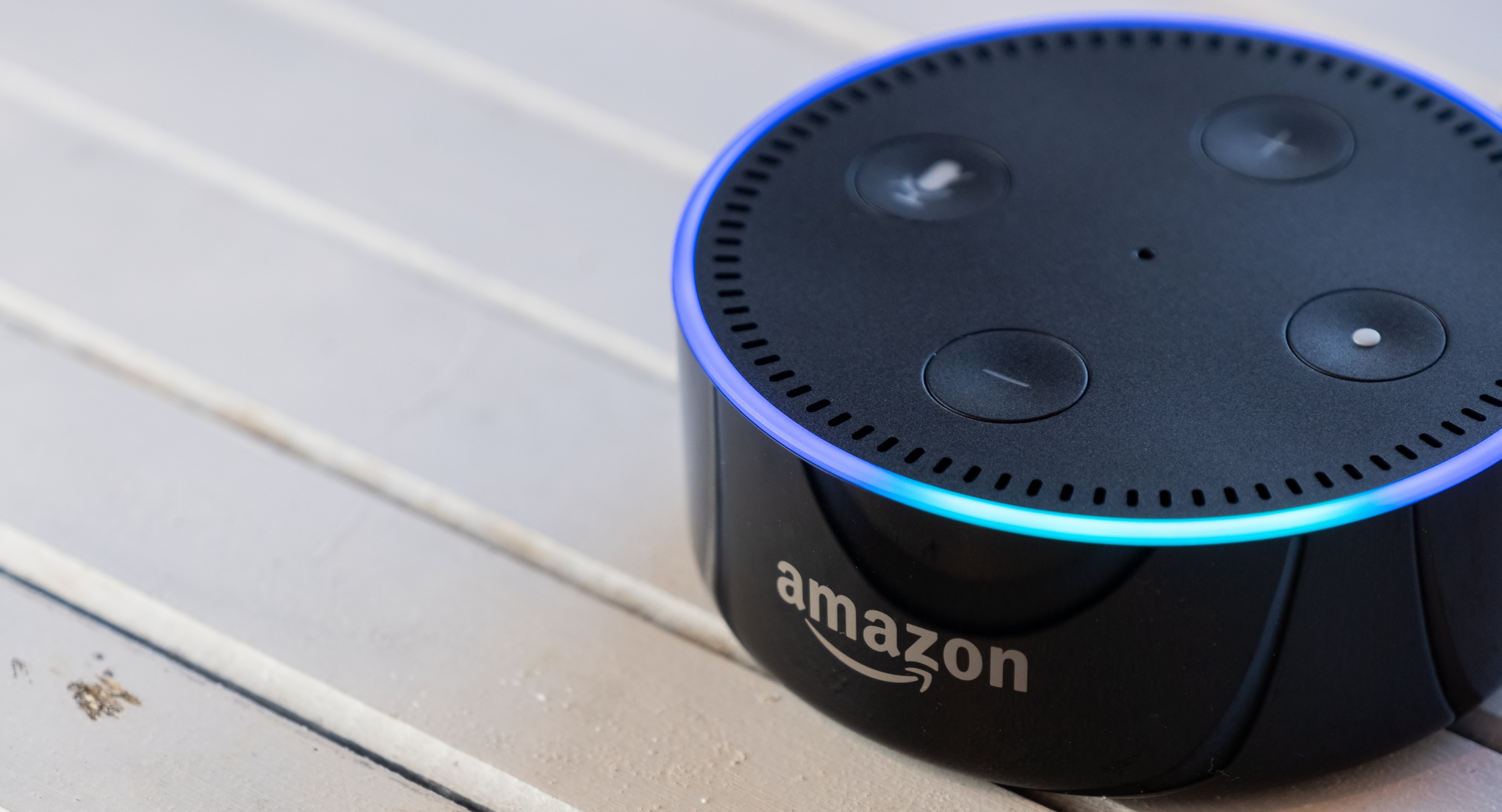Key Tactics to Measure Your Advertising Effectiveness
Learn how Regions Bank Perfected their customer journey
Assessing advertising effectiveness allows marketers to uncover if their outreach and media placements are having a favorable impact on campaign goals. When marketers can determine how effective their ads truly are, they can more easily identify all of the strengths, weaknesses, and opportunities within their overarching marketing strategy.
Once marketers begin tracking advertising effectiveness, the next logical step is for them to begin maximizing it. This usually means looking at a campaign that has concluded (or been in flight for several weeks) and ensuring there’s a proper balance between the ad’s reach and relevance, while ensuring it synergizes with any connected touchpoints.The benefits of tracking effectiveness are clear – all that’s left to do is take action. To uncover the tactics you need to measure and optimize your advertising effectiveness, keep reading.
How to Measure & Optimize Advertising Effectiveness
While there’s no single “best approach” to measure advertising effectiveness, there is a basic framework to follow when assessing the impact of advertisements within your marketing campaigns. Here’s a summary of what you need to do:
- Clarify your goals
- Set up data collection and analysis capabilities
- Measure your advertisement’s reach
- Uncover your effective frequency
- Identify touchpoints that need optimization
- Take a closer look at your media mix
- Link campaign outcomes to revenue
Let’s examine each step of the process in more detail.
1. Clarify your goals
Start by defining what “advertising effectiveness” means to your team. Does it mean gaining 1,000 new subscribers to your newsletter? Alternatively, it could mean seeing an 1% increase in sales while the campaign is active, or a 10% lift in your overall brand image. The choice is yours.
Ultimately, your goals will be your north star for defining what an effective advertisement looks like – so don’t rush this process and be sure to involve any key stakeholders.
2. Set up data collection and analysis capabilities
Before your campaign kicks off, make sure you have the data, technology, and processes you need to measure progress to your goal. Data provides the bedrock for your strategy. You need defined methods for collecting and maintaining high-quality data to track advertising effectiveness over time. Robust marketing analytics capabilities are just as necessary – this will build the general framework for measuring advertising effectiveness.
This process isn’t always a walk in the park. Some marketing teams choose to use an external agency to process this data. Others will use specialized tools that give them the freedom to examine insights and outcomes in any way they choose. The right choice depends entirely on an organization’s unique priorities, and the skillsets of their marketing team.
3. Measure your advertisement’s reach
Once you’re ready to collect data, it’s important to ensure you have an accurate idea of how much reach the advertisement will have. In other words, you’ll need to know how many people will see this advertisement. Ideally, you’ll also know key information about who those consumers are and what motivates them to take action.
This task will either be easy or difficult, depending on which advertising media channel you choose. For example, many digital marketing platforms can tell you exactly how many people saw your ad, whether they engaged with it, and list a few key customer traits. On the other hand, a TV network can only approximate how many people saw your ad and make general statements about audience traits.
To get an estimate of your advertisement’s reach before your campaign launches, take a look at previous campaigns and see if you can uncover any relevant data. Further, before you launch a campaign, make sure you have the marketing measurement capabilities to deduce how many people saw your ad, and which actions they took after the fact.
4. Uncover your effective frequency
Effective frequency describes how many times a consumer needs to see the same (or similar) advertisement before they internalize the message and, hopefully, take action. This means striking the right balance between over and underexposing your customers. Finding the right mix will mean using marketing technology to analyze the outcomes of your previous ad placements while accounting for any differences between the two touchpoints.
5. Identify touchpoints that need optimization
While your campaign is in motion, your team needs to keep a close eye on how your advertisements are performing. For example, if you want to increase conversions but a certain touchpoint isn’t having a clear impact, changes will be necessary.
When you’re examining these touchpoints, keep in mind that some touchpoints support conversions and others drive conversions directly. Make sure your marketing attribution model is giving proper credit to each touchpoint – a first click or last click strategy is bound to leave some gaps.
6. Take a closer look at your media mix
Marketers have a seemingly endless list of marketing channels to pursue. Choosing the right channel for a single ad can be a daunting task and finding the right combination of channels for an omnichannel marketing strategy is exponentially more difficult.
This is where marketing technology comes in. For example, with a solution like Marketing Evolution, you can understand how each channel works together to drive conversions. For example, you can easily tell if a consumer is more likely to convert if they see a display ad on a blog after viewing one of your sponsored YouTube adverts. By choosing channels that work together smoothly for your target audience, you can drive better results.
7. Link campaign outcomes to revenue
It’s no secret that money is the bottom line in business – so it’s important to ensure that your campaign strategy is benefiting you financially. However, this isn’t simple. The most effective marketing campaigns don’t focus solely on generating immediate revenue. They tend to take more complicated measures of success into account, such as brand metrics or customer lifetime value.
However, leadership is unlikely to be satisfied knowing that a certain advertisement contributed to a 1% lift in brand equity. They want to know exactly how that impacts long-term financial outcomes. For that reason, make sure you invest in a platform that can predict how changes in brand value impact long-term revenue. This is where having a platform and partner which can help quantify the monetary impact to media investment that increases top line revenue, reduces wasted ad spend and minimizes risk comes into play.
Summary
As the marketing landscape grows increasingly complex, and leadership asks for specific, outcome-focused insights, measuring and optimizing your marketing effectiveness is a tall order. This order can be fulfilled – but marketers can’t do it without a little help.
Marketers need the data, technology, and expertise required to measure the impact of their campaigns. This process cannot be done accurately by hand. But once that technological investment is made, marketers will gain much more control over campaign outcomes. Ultimately, this will drive positive outcomes for the entire business.




















